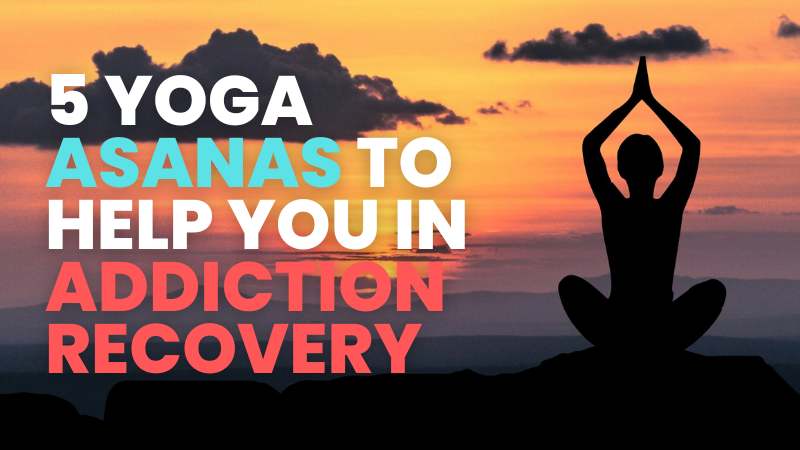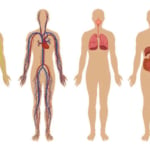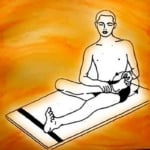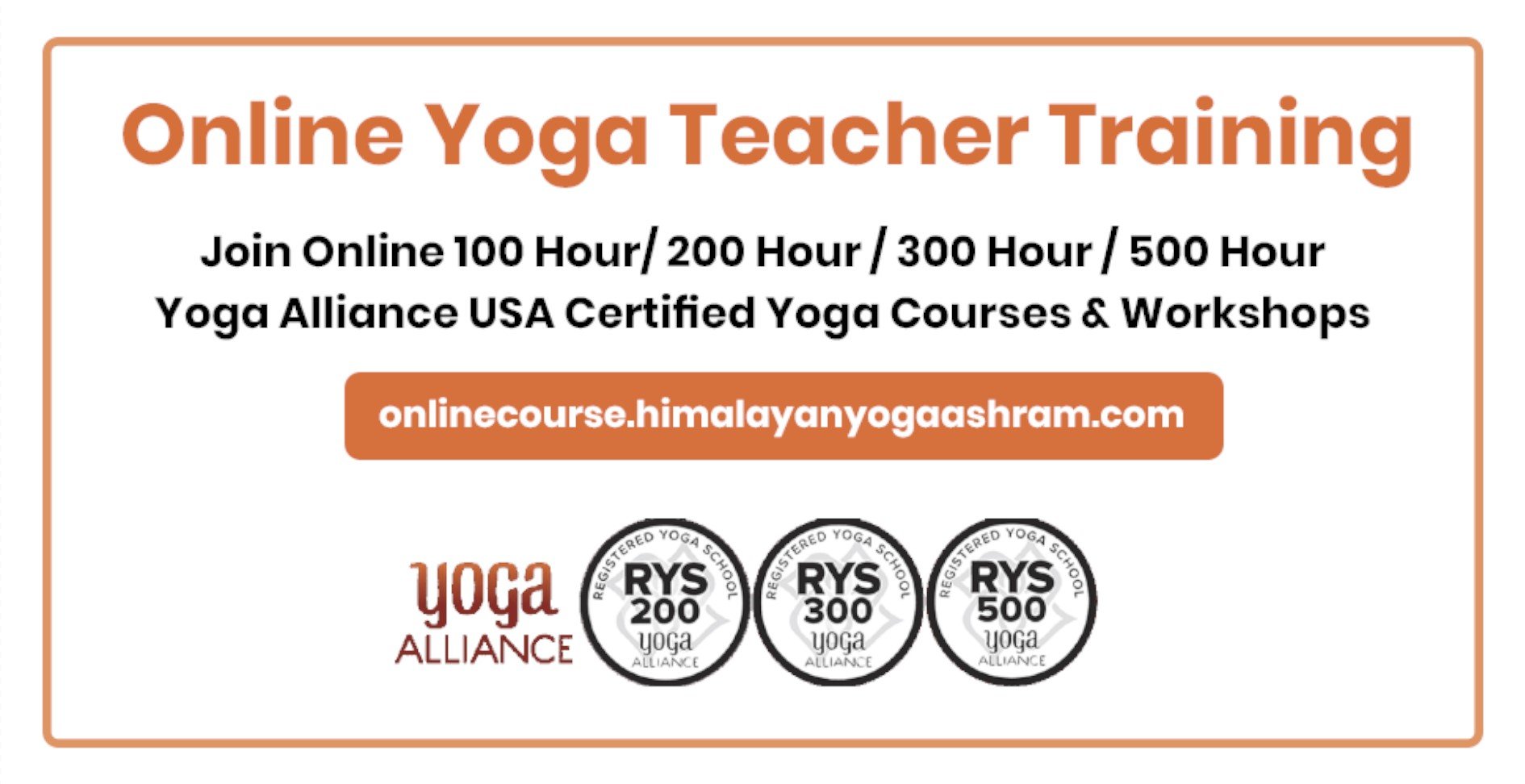5 Yoga Asanas to help you in Addiction Recovery
By Himanshu JoshiYogaOverview of the five yoga asanas for alcohol addiction
Largely being limited to big cities, bars and nightclubs are fast proliferating in small towns in India pointing to the menace of alcohol. The youth in the country are fast adopting alcohol as part of lifestyle. The scene is no different in other countries, in fact worse in many nations. The rise in alcohol consumption is being seen across various income groups of people. Among the low-income group, it often ruins families.
It may all start with harmless few sips with peer group or once-in-a-blue-moon indulging session to beat stress or get over some negative phase of life. But alcohol has a profound effect on the brain as it activates pleasure centers in the brain and curbs negative feelings. Once the brain is hooked to alcohol, the cravings may start returning sooner than the next time and before one knows, they are addicted to the ‘slow poison’ for life in lack of any concerted effort to get rid of the habit.
Just like any other form of addiction, a person is not able to get out of the vicious cycle of consuming alcohol despite knowing and experiencing its debilitating side effects on health. The high that a person gets from alcohol soon begins to show on their moods and behaviours. Known as withdrawal symptoms, when a person does not drink alcohol for some days, the activity in the pleasure centres of brain diminishes making one feel low. So much so that they can have difficulty in sleeping, feel ill and experience irritability and emotional disturbances.
Long-term consumption of alcohol can also make one impulsive as a result of the changes in the neurotransmitters of the brain that now lack control. This could make the person crave for alcohol even more, lose control over their senses and indulge in risky or violent behaviour.
This can not only harm them but also their family members and people around them. People who have alcohol regularly and to the extent of being addict resort to lying, cheating, manipulating as they may not be mindful enough to recognise their behavioural patterns and the pain they are inflicting on themselves and others. The fear of their diminishing credibility also does not affect them as their mind is stuck in gaining the temporary high of alcohol.
Alcohol consumption is associated with multitude of health issues. Several studies over the past many years have shown how chronic drinking can cause liver damage, cirrhosis, fatty liver and alcoholic hepatitis. It can also cause great damage to brain affecting memory, difficulty in concentrating and neuro-cognitive disorders.
Alcohol is also bad for your gut and can lead to digestive issues such as acid reflux, pancreatitis, and stomach ulcers. As one continues to consume alcohol, it can affect immunity which makes it difficult for the body to fight infections and diseases. Alcohol is known to wreak havoc on women’s health and mess up with their hormones. Women who drink heavily during pregnancy increase the risk of birth defects and developmental problems in their children.
Moreover, alcohol addiction puts you at greater risk of cancer – including cancers of the mouth, throat, oesophagus, liver, colon, and breast.
How Yoga can help in getting over addiction
There cannot be a better practice than Yoga to treat addictive behaviour in people as studies have proven how Yoga is effective in rewiring the brain and encourage mindful behaviour. It can also ease symptoms of alcohol withdrawal and help one fight the addictive patterns the mind is entrapped in.
First and foremost, Yoga can soothe your nerves and help in releasing stress which often is a common trigger for alcohol use. One of the factors that stop people addicted to alcohol in giving up the habit is their lack of impulse control.
Yoga can promote mindfulness and help one focus on the present moment which can help a person resist cravings. People recovering from alcohol addiction also need to sleep better which plays a key role in getting rid of the habit as during this restful period brain gets time to repair and fix unhealthy patterns.
Here are five Yoga asanas that help you fight alcohol addiction and get your life back in track:
Paschimottanasana or Seated Forward Bend is an asana highly recommended during addiction treatment as it helps bring down stress, ease anxiety and control impulsive behaviour. The asana helps straighten the spine, give a nice stretch to hamstrings and improves overall functioning of your body. People with diabetes can greatly benefit with this asana as it helps in better blood sugar control. The asana can also help burn belly fat.
Steps to do Paschimottanasana
- Sit comfortably on your Yoga mat and extend your legs forward.
- Make sure to straighten your spine and lift your chest forward.
- Now, slowly bend forward from your hips, and attempt to touch your toes. Better would be to try and hold your toes.
- In case you aren’t able to reach your toes, grasp onto your ankles or feet. You can also use a yoga strap or towel to help with the stretch.
- Maintain this position for a few minutes while breathing steadily.
-
Balasana (Child’s Pose)
One needs a lot of positive energy, motivation and a sense of security and comfort while recovering from alcohol addiction. Balasana or Child’s Pose can immensely help in bringing that feeling of being protected and taken care of. This asana is called child’s pose because it resembles a fetal’s posture inside the womb. It’s a great asana to relieve stress and tension as it gives a good stretch to your back and spine and helps relax muscles. It also releases tension from the chest. Balasana is known to promote good sleep with its deeply relaxing effect on body and mind. This can significantly help those recovering from alcohol addiction as it’s important for them to get proper sleep.
Steps to do Balasana
- Sit comfortably on your knees and take on the table top position to start the asana which means your palms should touch the ground.
- Lower the hips and place them on your heels.
- Bring your forehead forward and closer to the ground. The knees can be either held together or slightly apart from each other.
- Relax your whole body, and let your hips sink towards your heels.
- Stay in this pose for as long as you like, taking slow, deep breaths.
- To come out of the pose, press your hands into the floor, and lift your torso back to a kneeling position.
Vajrasana or Thunderbolt Pose is one of the simplest poses and has several benefits. A sitting posture, vajrasana is considered very good for the digestive function to perform well. It aids in digestion. During Vajrasana pose, the blood flow in the stomach area which improves bowel movement and helps relieve constipation.
Generally, Yoagasanas are not performed immediately after meals but Vajrasana is exception. Vajrasana after meal aids in digestion. It helps the body absorb nutrients better. Besides helping in digestive issues, it also helps strengthen lower muscles.
Apart from so many benefits for digestive system, Vajrasana also reduces stress and anxiety thus improving sleep quality. The comprehensive benefits of the posture go long way in de-addiction. Being aware of body and mind while performing the asana brings positivity and reduces dependency on external support.
How to perform Vajrasana
- In the first step, sit gently on your legs with pelvis resting on the heels
- Turn the toes outward. Both the big toes should touch each other
- Now, put your palms on the knees with palms facing upward
- Keep your back straight and see straight, head also straight and chin parallel to the mat on the ground
- Gaze forward and focus on breathing
- Stay in the position for few minutes and then spread out your legs
- You can gradually increase the time upto half an hour
- Those suffering from slip disc and knee pain should avoid Vajrasana. People with stiffness in lower part of the body for reasons including underlying medical condition should avoid this pose.
-
Fish pose
Fish pose or Matsyasana is one of the potent asanas for getting over addictions as this posture can help your brain become more flexible and open to change. It plays an important role in road to recovery by easing stress and promoting overall sense of well-being. Fish pose can help relieve tension in your neck and shoulder muscles. The asana is very effective in detoxification and people who are addicted to alcohol can benefit from it. Apart from this, Matsyasana also helps manage constipation and ease bowel movement. People with high blood pressure or with back or neck injury shouldn’t attempt this asana.
Steps to do Fish pose
- Lie on your back comfortably and keep your hands alongside your body.
- Now, bring your hands underneath the hips; your palms must be facing down.
- Lift your head and chest placing the weight on your elbows.
- As you keep the chest up, move your head backward.
- Take a few deep breaths and stay in the position for few minutes.
- Now, bring the head upward, and the chest down while your hands stay alongside the body.
-
Parvatasana (Mountain Pose)
Parvatasana is made of two words ‘parvat’ meaning mountain and ‘asana’ referring to posture. It is therefore also called Mountain pose. It is one of the poses in Surya Namaskar (Sun salutation). In fact, it appears twice (4th and 9th pose) during Sun salutation.
The various yogic postures calm the nervous stem and relax the muscles. There are certain yoga poses in which body-mind awareness expands significantly. Mountain pose is one such poses. It triggers mindfulness as soon as the urge for alcohol or other addictive substances arises.
Many a time, low confidence and anxiety (social and personal) are the reasons for people taking recourse to alcohol. Mountain pose not only strengthens the spine, relaxes muscles and calms the mind but also significantly raises the confidence level. All the positive benefits together create a virtuous cycle.
Mountain pose gives natural massage to the heart and lung muscle. It is hugely beneficial in relieving the spinal, shoulder, knee and ankle pains. It improves muscle strength and alignment.
How to do Mountain Pose
- Come on table top position
- Straighten your elbows and balance your weight palms and fingers.
- Breathe out and stand on your toes
- Lift your knees from the mat and straighten your legs
- Raise your buttocks and lower your head between your arms
- Make sure your arms and legs are not bent in the final position
- Put your heels on the ground
- Bring head and shoulders towards the knee
- Stay in the position for few 2-3 minutes
- Now, exhale and walk with your feet towards your hands
- Gently, lift the upper body
How meditation can help in alcohol addiction
Meditation is a powerful way to get your mind in the right frame to control addiction. It promotes mindfulness and when one is in better control of their feelings, they are able to get out of the repetitive thought patterns related to addiction. Meditation can help gain a deeper understanding of their thoughts, feelings, and triggers that lead to addictive behaviours.
The ancient practice can also aid in emotional regulation and help develop a greater sense of control over actions, making it easier to resist the urge to drink alcohol. Meditation can transform life and help you achieve the impossible. Some of the popular types of meditation that can help with addiction are Mindfulness Meditation, Guided Meditation, Moving Meditation and Mantra Meditation.
Get in touch:
Address: Himalayan Yoga Association Nirmal Block B, Lane 10, Visthapit Colony, Rishikesh, Uttarakhand 249204, Rishikesh, Uttarakhand 249192
Contact: +91-7217206223
Email: [email protected]
Read More: Yoga Teacher Training in Rishikesh | Yoga School in Rishikesh | 200 Hour Yoga Teacher Training in Rishikesh






